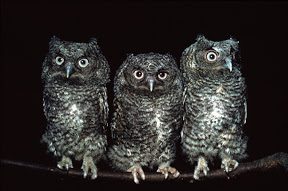What is wisdom? What does it look like when someone performs a wise action? What does it mean to build a wiser organization? To some people, these may seem like ambiguous questions centered on the premise that wisdom is a skill.
But for a group of chief learning officers who participated in last year’s Learning Innovations Laboratory (LILA) workshop “Weaving Wisdom in Organizations” at the Harvard University Graduate School of Education, such questions were at the heart of a conversation in leadership skill building.
Wisdom, many would argue, is visible in every great leader. But how do learning leaders teach it, let alone recognize it?
About 20 CLOs participated in the workshop to help search for the answer, according to Marga Biller, a project manager at LILA and one of the primary workshop organizers. The workshop, which was not a graded course, took place during three gatherings in October 2011 and February and April of 2012.
“As we began to explore the subject, what we realized was that [wisdom] is actually a multidimensional capacity that you can recognize in action by a series of common characteristics that we ended up calling markers,” Biller said. “In other words, it’s when somebody takes a wise action where you can really see wisdom in action.”
To come to this conclusion, Biller said the participating CLOs each brought real business problems to the discussion. Each problem added to the theoretical concepts introduced by various thought leaders who were asked to speak as part of the workshop.
Biller said having the CLOs share real business situations helped drive the conversation and define what a wise action looks like. When it comes to defining the characteristics for soft skills like wisdom, Biller said, it’s important for learners to actively share and reflect on real problems.















